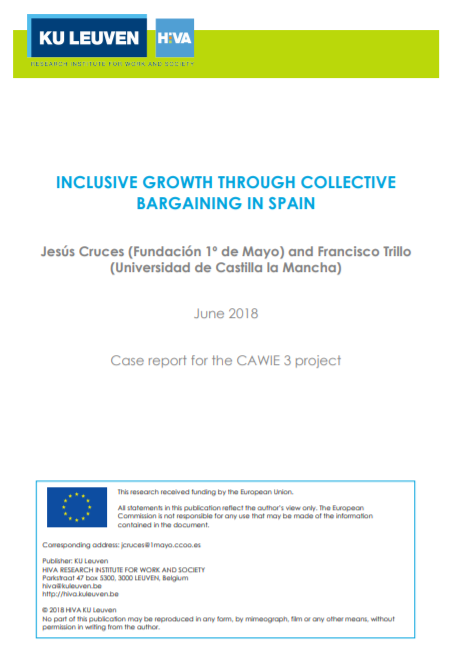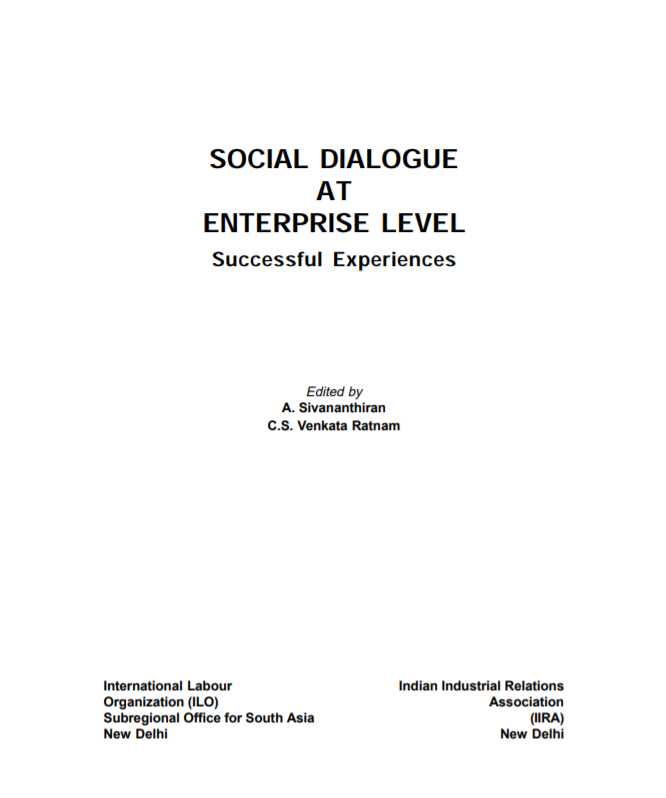What is a Trade Union?
Trade unions are independent, membership-based organizations of workers, constituted for the purpose of furthering and defending the interests of workers (ILO). They represent and negotiate on behalf of working people. Unions provide advice to workers who are often unaware of their rights, and they can also negotiate with employers to improve wages and working conditions.
Trade union rights are defined as workers’ freedom of association and the right to collective bargaining. These rights form the foundation of social dialogue and industrial relations to manage conflicts in the workplace.
Differences between a trade union and other forms of organisation
Independent trade unions represent the ideal model for worker representation. Trade unions have legal protection, access to resources, the support of wider trade union networks, and are free from influence from the employer and the government.
Restriction of FoA: Where FoA is restricted by law and/ or (independent, democratically elected) trade unions cannot be formed because of (impossible) conditions for registration as a union, the next best available form of independent worker representation should be pursued. Alternative forms of representation can help build dialogue and develop worker and employer industrial relations skills.
Other committees: In many countries you will find workers participation committees, health and safety committees, or anti-harassment committees. These types of committees, sometimes required by law, can certainly be useful, although they are not an alternative to a trade union, mainly because they do not offer workers the same kind of legal protection and they do not have the right to participate in the collective bargaining process. Some exceptions exist, like in Myanmar, where these committees do have the legal right to participate. Further, these committees lack support beyond the enterprise level, meaning they are not supported by district and national trade unions.
Yellow unions: More subtle forms of interference include paternalism, where structures are created that may resemble unions, but are actually controlled by management in some form. For example, workers may be selected to be the representatives on workers’ committees rather than being democratically elected, or company management may pay union fees, making the union less independent. You can also encounter alternatives for independent, representative trade unions, such as employee councils or unions that only act in management’s interests (‘paper’ or ‘yellow’ unions).
By using the CNV and FNV Checklist for companies on trade union freedom and social dialogue, you will get a better understanding of how trade union freedom is practiced.





